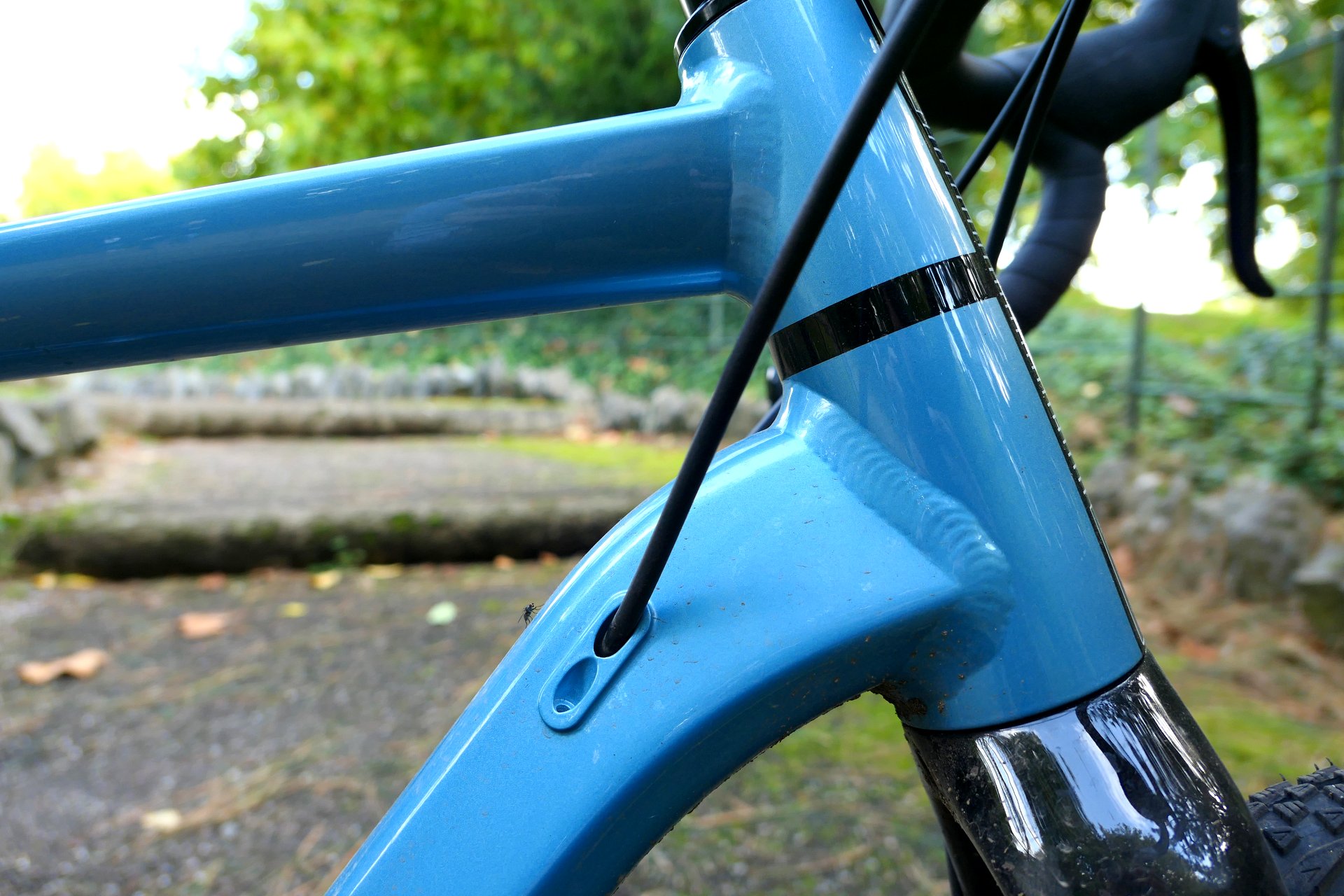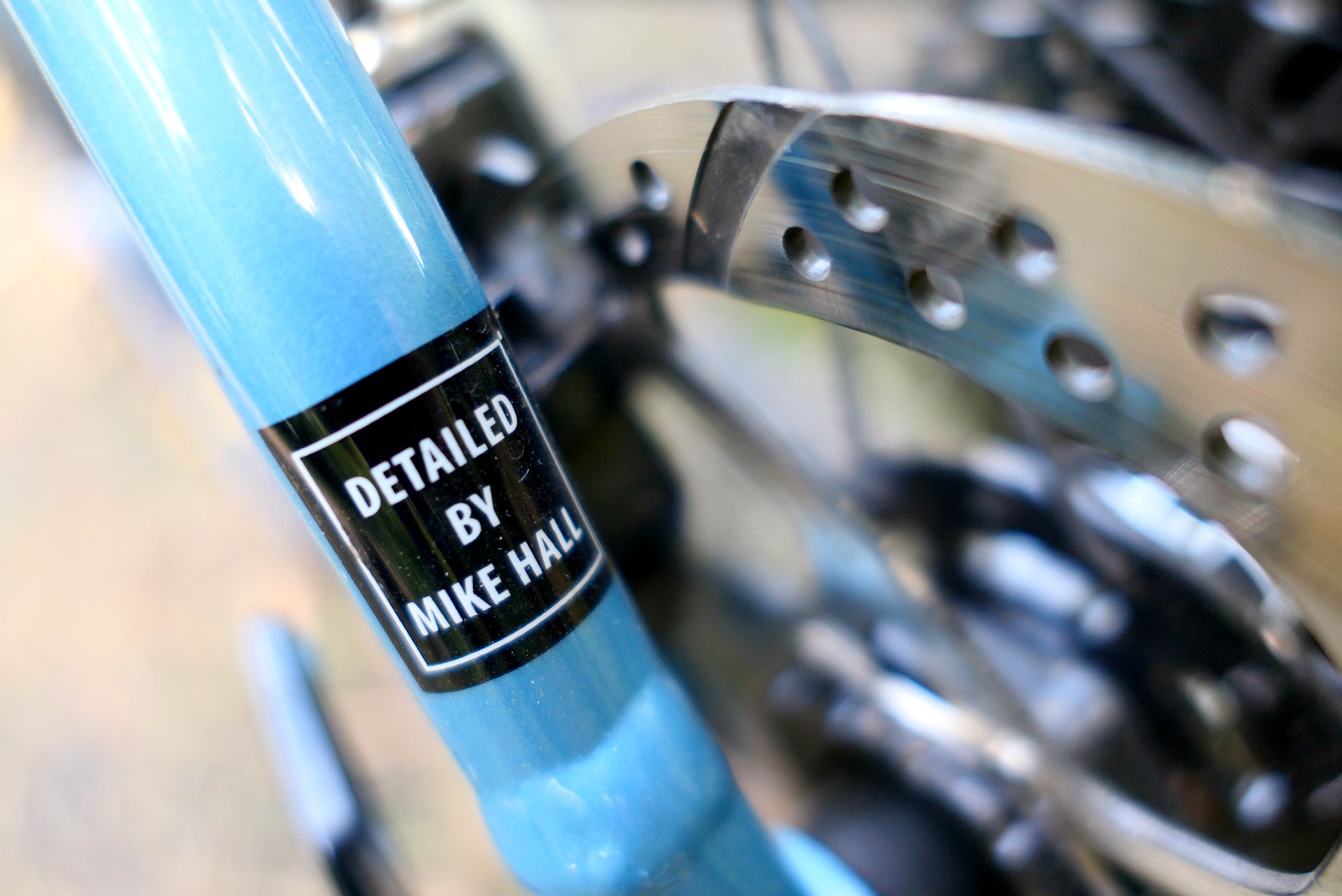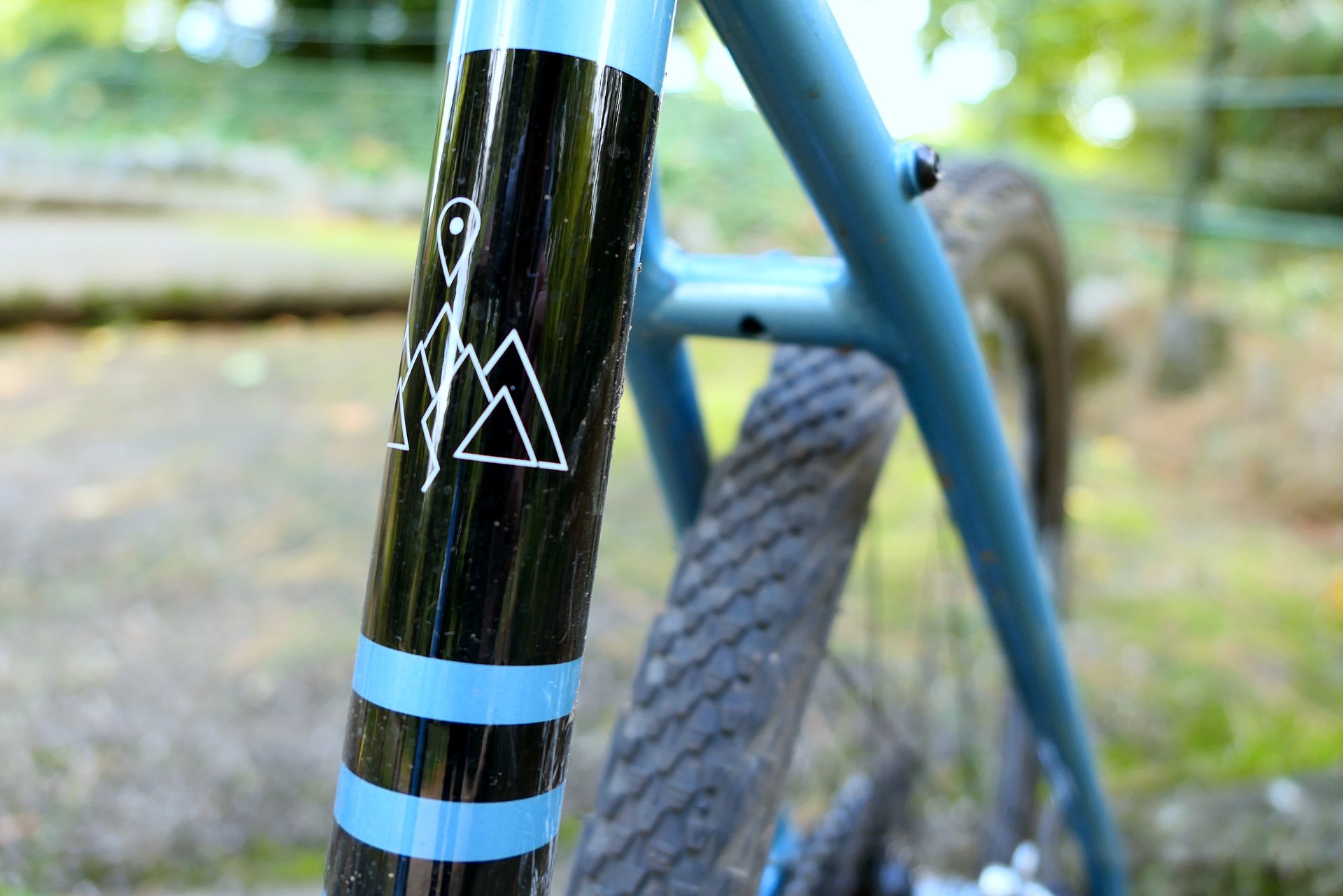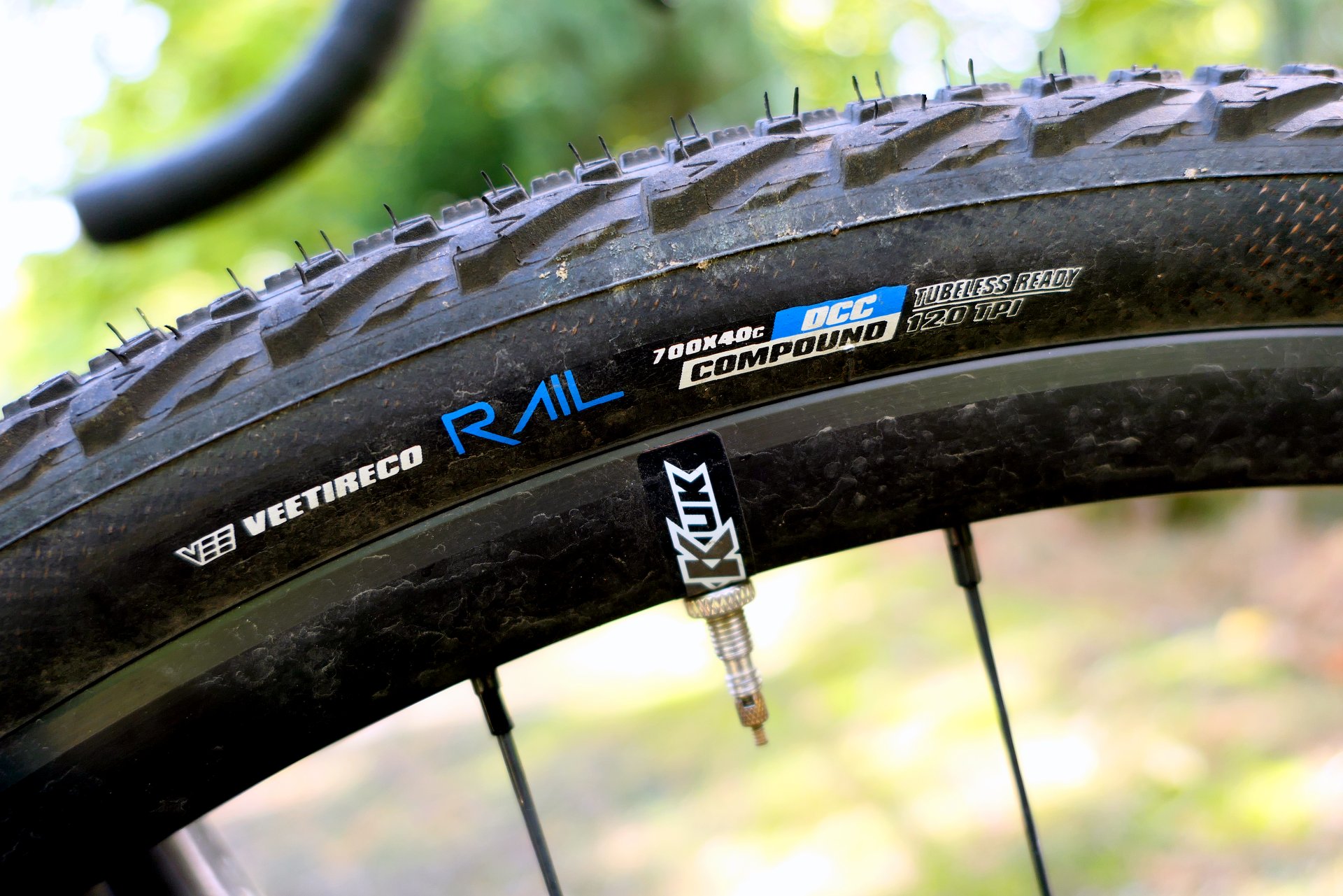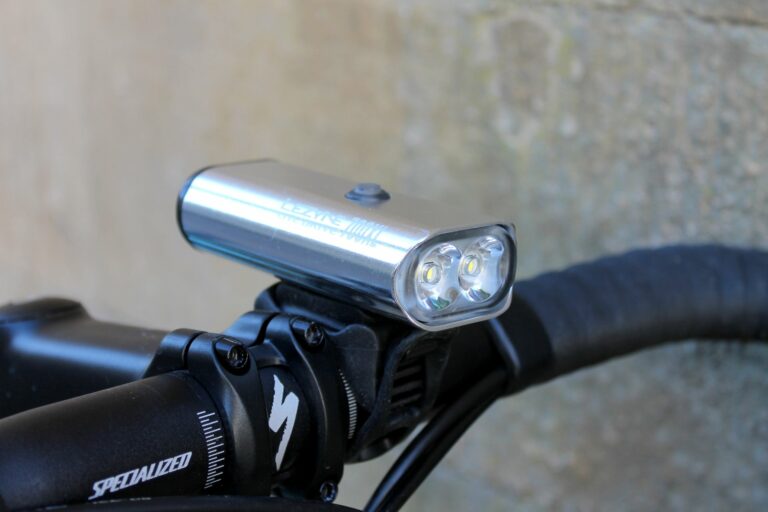The Kinesis Tripster ATR has been one of the British brand’s stand-out bikes since it was launched in 2012. With clearance for 45mm tyres and a geometry designed to be equally at home both on and off-road, the disc-specific frame helped set the benchmark for the emerging adventure bike category. There was one problem – the price. The beautifully-finished titanium frameset costs £1,850 so our ears pricked up at the introduction of the Tripster AT, an aluminium version of the ATR with a £700 price tag.
Now we’ve had the chance to spend a couple of months on the Tripster AT, testing Kinesis’ latest adventure bike on everything from one-hour lunch rides to weekend loops linking together roads, bridleways and those ‘I wonder where that goes…’ tracks we all regularly pass by.
The verdict? The AT brings the versatility of the ATR to a far wider spread of adventure-seeking cyclists, offering a lively, responsive ride capable of clipping along on the road or picking a tight line through the rough stuff. Fit the AT with 650b wheels and you’ll truly take advantage of the frame’s generous clearance. On the flip side, the ride quality isn’t quite as smooth at it’s titanium sibling, and the AT comes up against some strong competition as an alloy adventure bike.

The Tripster AT is primarily available as a frameset for £700, while Kinesis can also supply the SRAM Rival 1 build kit featured on our test bike for an additional £1,000. We’ll come into that but first let’s take a closer look at the frame itself.

